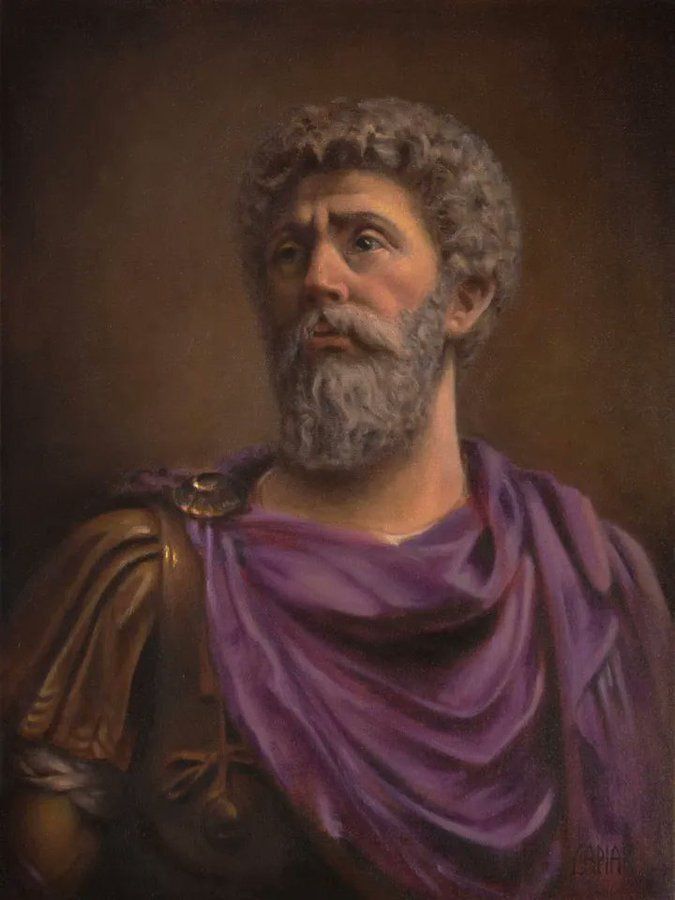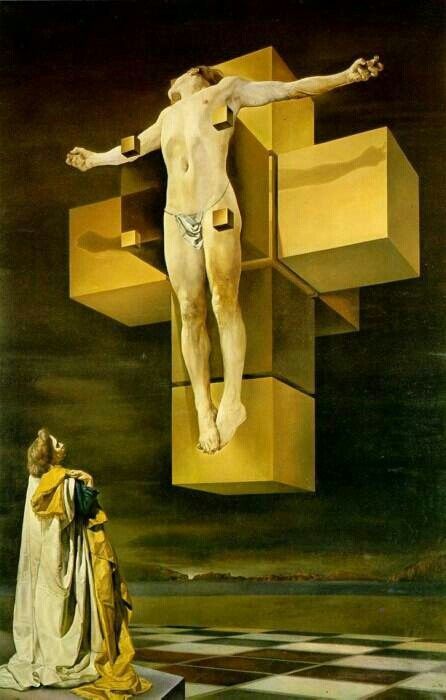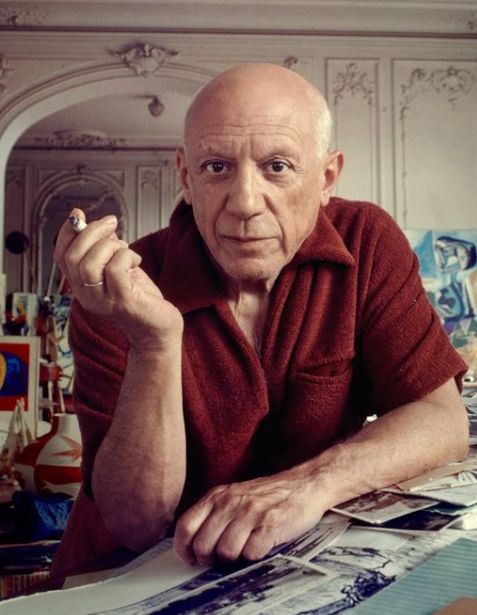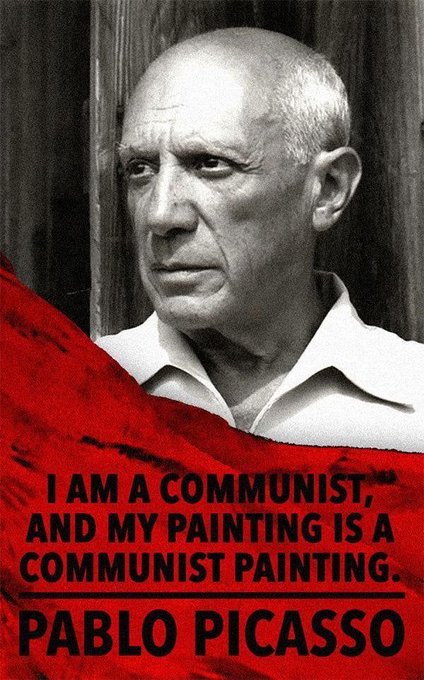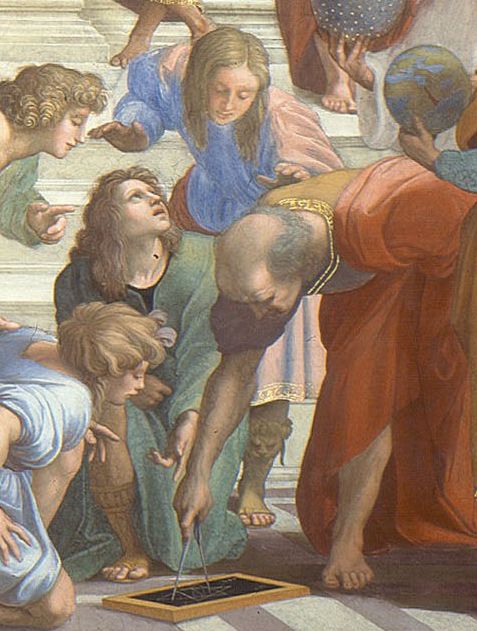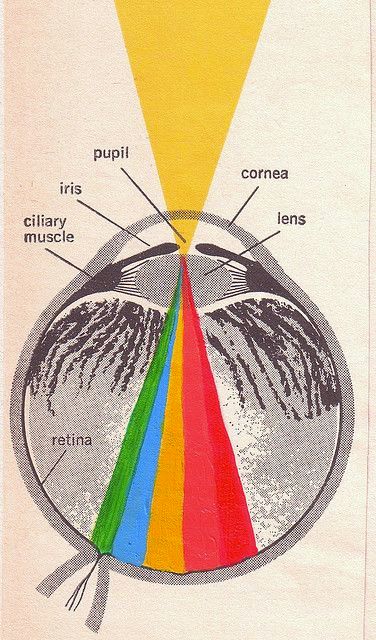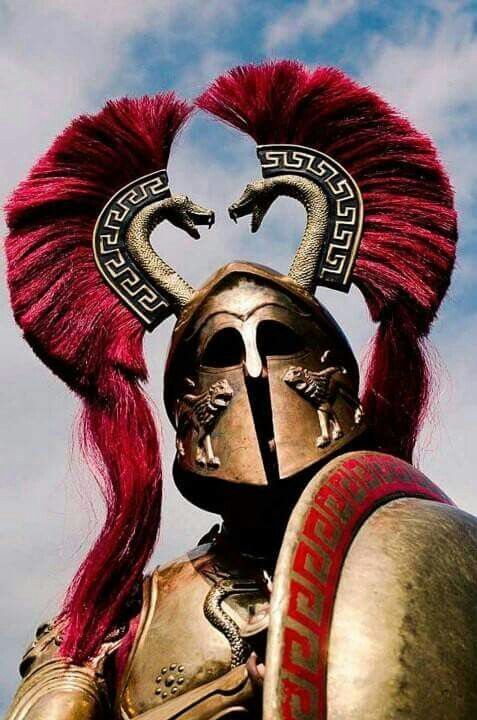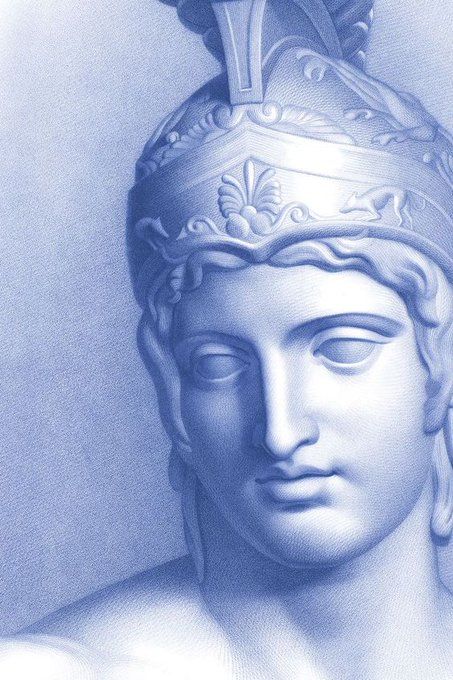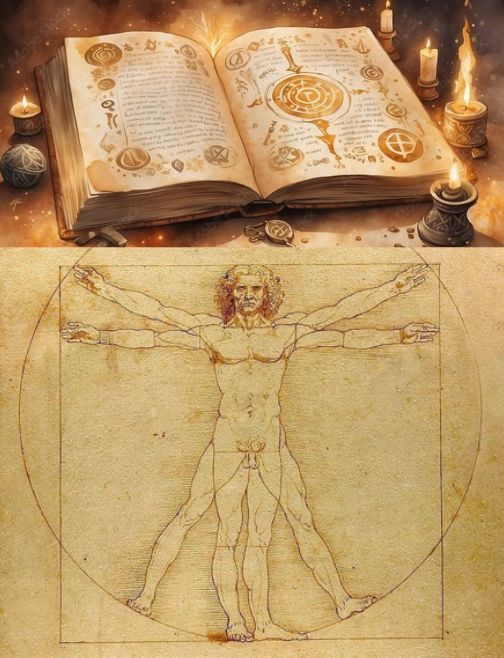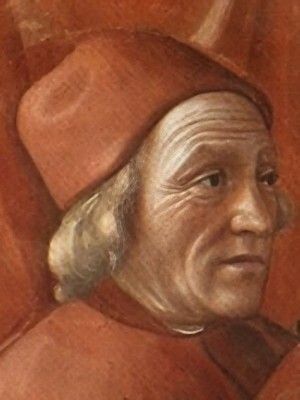Leonardo da Vinci was born on April 15, 1452.
Let's take a look at 15 of his most famous works.
a🧵
1. Mona Lisa-
Leonardo's masterpiece portrait and the enigmatic smile that captured the heart of the world.
Let's take a look at 15 of his most famous works.
a🧵
1. Mona Lisa-
Leonardo's masterpiece portrait and the enigmatic smile that captured the heart of the world.

2. The Salvator Mundi-
Recently attributed to Leonardo, this painting of Christ as Savior of the World captivates with its exquisite detail and controversial history.
Recently attributed to Leonardo, this painting of Christ as Savior of the World captivates with its exquisite detail and controversial history.

3. The Last Supper-
Leonardo's iconic fresco, depicting the emotional intensity of Christ's final meal, celebrated for its groundbreaking composition and symbolism.
Leonardo's iconic fresco, depicting the emotional intensity of Christ's final meal, celebrated for its groundbreaking composition and symbolism.

4. Flying Machine
Leonardo's pioneering designs for aircraft reflect his visionary mind and profound influence on the future of aviation and technology.
Leonardo's pioneering designs for aircraft reflect his visionary mind and profound influence on the future of aviation and technology.

5. Vitruvian Man-
Symbolizing the harmony of the human body and universe, this iconic drawing epitomizes Leonardo's blend of art, science, and philosophy.
Symbolizing the harmony of the human body and universe, this iconic drawing epitomizes Leonardo's blend of art, science, and philosophy.

6. Codex Leicester-
Leonardo's collection of scientific writings, offers insights into his genius across various disciplines, from astronomy to hydrodynamics.
Leonardo's collection of scientific writings, offers insights into his genius across various disciplines, from astronomy to hydrodynamics.

7. The Baptism of Christ-
A collaboration with Verrocchio, this masterpiece showcases Leonardo's early talent and contributions to Renaissance art.
A collaboration with Verrocchio, this masterpiece showcases Leonardo's early talent and contributions to Renaissance art.

8. The Adoration of the Magi-
Leonardo's unfinished masterpiece, reveals his innovative approach to composition and emotional depth in religious art.
Leonardo's unfinished masterpiece, reveals his innovative approach to composition and emotional depth in religious art.

9. Anatomical studies-
Leonardo's groundbreaking anatomical drawings revolutionized the understanding of human anatomy and medical science.
Leonardo's groundbreaking anatomical drawings revolutionized the understanding of human anatomy and medical science.

10. The Virgin of the Rocks-
This Madonna painting, rich in symbolism and chiaroscuro, exemplifies Leonardo's mastery of light and shadow.
This Madonna painting, rich in symbolism and chiaroscuro, exemplifies Leonardo's mastery of light and shadow.

11. Codex Atlanticus-
Leonardo's extensive collection of sketches and observations provides a glimpse into his insatiable curiosity and diverse interests.
Leonardo's extensive collection of sketches and observations provides a glimpse into his insatiable curiosity and diverse interests.

12. The Lady with an Ermine-
Portrait of Cecilia Gallerani, shows Leonardo's skill in capturing personality and emotion through portraiture.
Portrait of Cecilia Gallerani, shows Leonardo's skill in capturing personality and emotion through portraiture.

13. The Battle of Anghiari-
Though unfinished, this monumental mural project demonstrates Leonardo's mastery of movement and drama in art.
Though unfinished, this monumental mural project demonstrates Leonardo's mastery of movement and drama in art.
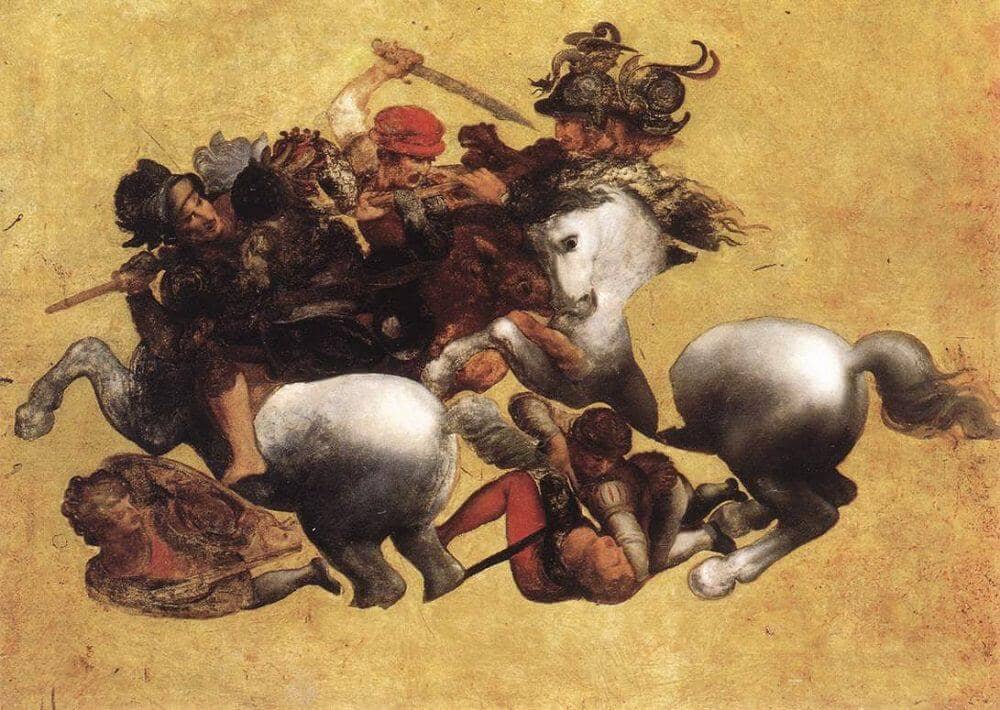
14. Sforza Horse-
Leonardo's ambitious sculpture project exemplifies his artistic vision and mastery of form despite remaining incomplete.
Leonardo's ambitious sculpture project exemplifies his artistic vision and mastery of form despite remaining incomplete.

15. Scientific drawings and inventions-
Leonardo's visionary sketches and inventions, ranging from war machines to anatomical studies, reflect his innovative spirit and far-reaching influence.
Leonardo's visionary sketches and inventions, ranging from war machines to anatomical studies, reflect his innovative spirit and far-reaching influence.

If you enjoyed this, please share the first post, linked below 🙏
https://x.com/ClassicalAegis/status/1779820184641159280
• • •
Missing some Tweet in this thread? You can try to
force a refresh


